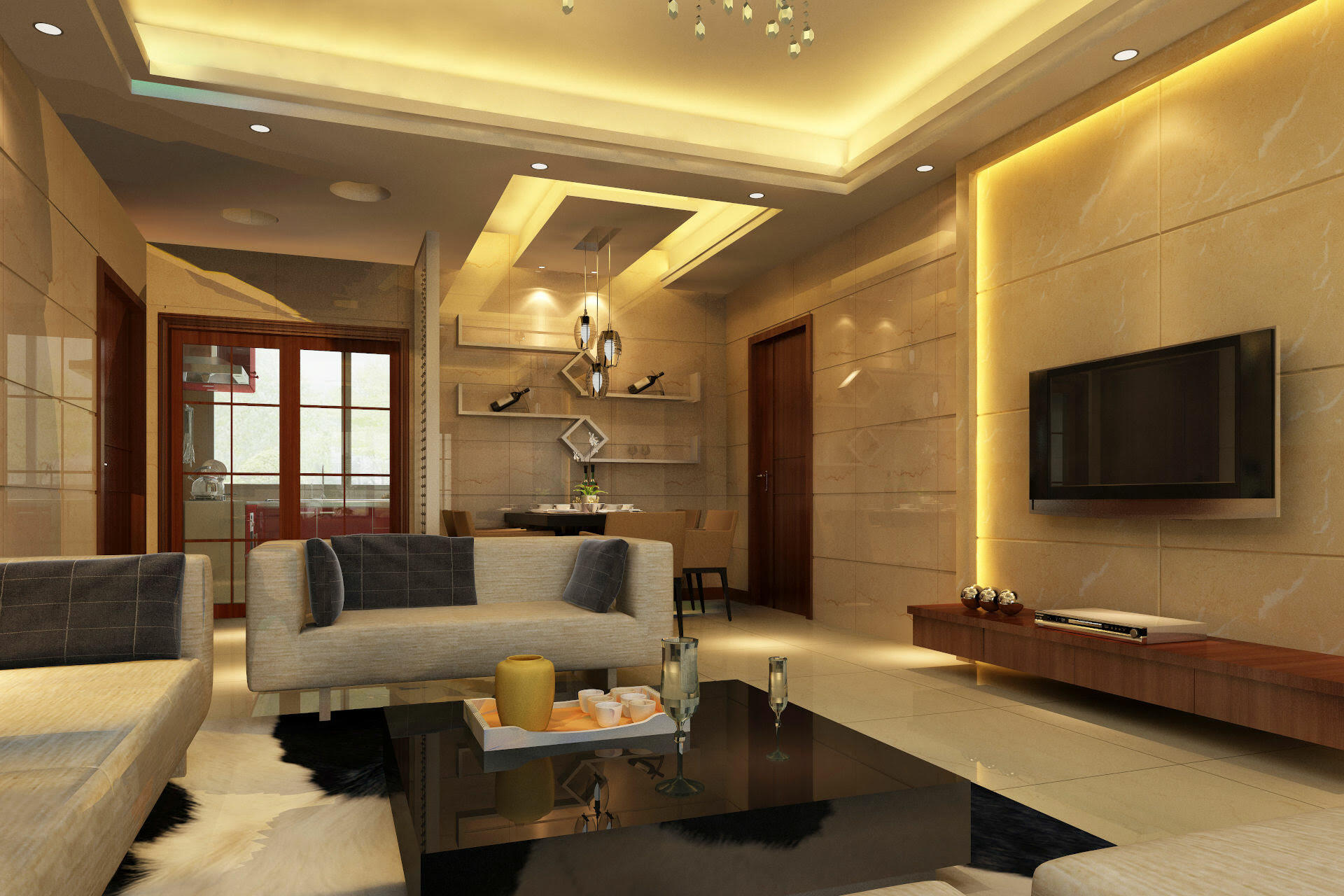

Articles
What Lighting Is Best For Living Room
Modified: December 7, 2023
Discover the best lighting options for your living room with our informative articles. Illuminate your space and create the perfect ambiance for relaxation and entertainment.
(Many of the links in this article redirect to a specific reviewed product. Your purchase of these products through affiliate links helps to generate commission for Storables.com, at no extra cost. Learn more)
Introduction
When it comes to designing a living room, one of the most crucial elements to consider is the lighting. The right lighting can completely transform the ambiance of a space, creating a cozy and inviting atmosphere or a bright and energetic one. Lighting is not only functional but also plays a significant role in enhancing the overall aesthetics and mood of the room.
In this article, we will explore the different types of lighting options available for the living room and discuss the importance of selecting the right lighting to create an optimal living space. Whether you prefer natural lighting or rely on artificial lighting, it is essential to strike the right balance and choose lighting fixtures and bulbs that complement the overall design and meet your specific needs.
From ambient lighting that provides overall illumination to task lighting that focuses on specific activities, and accent lighting that adds a touch of drama, each type of lighting serves a unique purpose in enhancing the living room’s functionality and creating a visually appealing environment. By understanding the different types of lighting and how to utilize them effectively, you can create a living room that is both stylish and functional.
Additionally, we will delve into the importance of choosing the right bulbs for your living room, as they can significantly impact the quality and color of light emitted. With advancements in technology, there are now a wide variety of bulb options available, including LED, fluorescent, and incandescent bulbs, each with their own advantages and considerations.
Finally, we will provide some helpful tips for proper lighting placement in the living room, ensuring that each area of the space receives adequate light for its intended purpose. Whether you are arranging furniture, highlighting artwork, or creating a cozy reading nook, understanding how to position and layer lighting fixtures will maximize the impact and functionality of your living room.
By the end of this article, you will have a comprehensive understanding of the importance of lighting in the living room and the different options available to create the perfect ambiance. So, join us on this illuminating journey and let’s shed some light on the topic of living room lighting!
Key Takeaways:
- Create a captivating living room by balancing natural and artificial lighting, using ambient, task, and accent lighting to enhance the ambiance and functionality of the space. Select the right bulbs and strategically place fixtures for a visually stunning and inviting environment.
- Achieve optimal lighting in your living room by layering different types of lighting, considering the function of each area, and utilizing dimmers and smart controls for flexibility. Experiment with placements to create a harmonious and visually pleasing environment that meets your specific needs and preferences.
Natural Lighting vs Artificial Lighting
One of the first considerations when it comes to lighting in the living room is whether to rely on natural lighting or artificial lighting. Both options have their advantages and can be used in combination to create a well-lit and visually pleasing space.
Natural lighting, as the name suggests, refers to the light that comes from the sun. It is a free and abundant source of light that can bring warmth and brightness to a room. Natural light has numerous benefits, including providing a sense of connection to the outdoors, boosting mood, and even promoting better sleep patterns. It also allows for the true colors of your furniture, décor, and artwork to be seen in their natural state.
If your living room has large windows or skylights, you can maximize the use of natural light during the day. However, it is important to consider factors such as the orientation of your windows, the presence of obstructions that may block sunlight, and the intensity of natural light in different seasons. By strategically placing furniture and using light-colored curtains or blinds, you can optimize the amount of natural light entering the room while controlling glare and maintaining privacy.
On the other hand, artificial lighting refers to the use of light fixtures and bulbs to illuminate a space. It provides a controlled and consistent source of light, regardless of the time of day or weather conditions outside. Artificial lighting allows you to create the desired ambiance in your living room, whether it is a cozy and intimate setting or a bright and energetic atmosphere.
There are various types of artificial lighting fixtures that you can use in your living room, including overhead lights such as chandeliers or pendant lights, recessed lights, wall sconces, floor lamps, and table lamps. Each type of fixture has its own unique characteristics and can be used to fulfill specific lighting needs in different areas of the room.
Artificial lighting is particularly important in the evening or in spaces with limited access to natural light. It provides the necessary illumination for tasks such as reading, working on a laptop, or entertaining guests. Additionally, artificial lighting can be used strategically to highlight architectural features, artwork, or decorative elements in the living room, adding depth and visual interest to the space.
While both natural lighting and artificial lighting have their benefits, the ideal approach is to achieve a balance between the two. By incorporating ample natural light during the day and complementing it with artificial lighting fixtures in the evening, you can create a dynamic and versatile lighting scheme that caters to your specific preferences and needs.
Now that we have explored the differences between natural lighting and artificial lighting, let’s delve deeper into the importance of lighting in the living room and how it can enhance the overall ambiance and functionality of the space.
Importance of Lighting in the Living Room
The lighting in your living room plays a vital role in setting the mood, creating a welcoming atmosphere, and enhancing the overall aesthetics of the space. It is not just about functionality but also about creating an environment that is enjoyable and inviting for both you and your guests. Let’s explore some key reasons why lighting is important in the living room.
1. Atmosphere and Mood: The right lighting can instantly transform the ambiance of your living room. Whether you want a cozy and intimate setting or a bright and energetic atmosphere, adjusting the lighting can help you achieve the desired mood. Soft and warm lighting can create a relaxing and inviting feel, while brighter lighting can make the space feel more vibrant and lively.
2. Visual Appeal: Properly placed and well-designed lighting fixtures can enhance the visual appeal of your living room. Accent lighting can draw attention to architectural features, artworks, or decorative elements. It adds depth, texture, and visual interest to the space, making it more visually appealing to both occupants and visitors.
3. Functional Lighting: Your living room is a multifunctional space where you engage in various activities like reading, watching TV, working on a laptop, or entertaining guests. Task lighting, such as table lamps or floor lamps, provides focused illumination for specific activities. It reduces eye strain and allows you to perform tasks more efficiently. Task lighting should be placed strategically to provide adequate light without causing glare or shadows.
4. Room Illusion: Proper lighting can create an illusion of a larger or smaller space. If your living room is small, using natural and artificial lighting to brighten up the room can make it appear more spacious and open. On the other hand, if you have a large living room, using ambient and task lighting to create cozy pockets of light can make the space feel more intimate and inviting.
5. Highlighting Décor: Your living room is often decorated with furniture, artwork, and other decorative elements that reflect your personal style. Proper lighting can help showcase and highlight these elements, making them the focal points of the room. Use accent lighting to illuminate artworks or display shelves, creating a visually stunning display.
6. Flexibility: Lighting in the living room should offer flexibility to adapt to different occasions and activities. Dimmable lights or adjustable light fixtures allow you to control the intensity and ambiance of the room. This flexibility ensures that your living room lighting can be tailored to suit different moods, events, or preferences.
As you can see, lighting is an essential element in the living room. It not only provides functional illumination but also significantly impacts the mood, ambiance, and visual appeal of the space. By carefully selecting and positioning lighting fixtures, you can create a living room that is both functional and visually stunning. In the next section, we will explore the different types of lighting fixtures commonly used in the living room.
Types of Lighting Fixtures for the Living Room
Choosing the right lighting fixtures is key to creating the desired ambiance and functionality in your living room. Each type of lighting fixture serves a specific purpose and contributes to the overall lighting scheme. Here are some of the common types of lighting fixtures used in the living room:
Ambient Lighting: Ambient lighting, also known as general lighting, provides overall illumination to the living room. It ensures there is a base level of lighting that evenly fills the space. Common fixtures used for ambient lighting include chandeliers, pendant lights, flush-mount or semi-flush mount ceiling lights, and track lighting. These fixtures are typically mounted on the ceiling and provide broad, diffused light that helps create a warm and welcoming atmosphere for everyday activities.
Task Lighting: Task lighting is essential for specific activities in the living room, such as reading, working on a laptop, or doing crafts. These fixtures are designed to provide focused and direct light to a particular area. Examples of task lighting fixtures include table lamps, floor lamps, desk lamps, and adjustable wall-mounted lights. Task lighting should be positioned to minimize shadows and glare, ensuring optimal visibility for the task at hand.
Accent Lighting: Accent lighting is used to highlight specific architectural features, artworks, or decorative elements in the living room. It adds depth, visual interest, and a touch of drama to the space. Spotlights, track lights, uplights, and wall-mounted picture lights are commonly used for accent lighting. By strategically placing these fixtures, you can draw attention to focal points in the room and create a visually stunning display.
Wall Sconces: Wall sconces are versatile lighting fixtures that can be both functional and decorative in the living room. These fixtures are mounted on the walls and provide soft, indirect lighting. They can be used to highlight artwork, create a soft glow, or as additional task lighting. Wall sconces come in various styles and designs, allowing you to add a touch of sophistication and elegance to your living room decor.
Recessed Lighting: Recessed lighting, also known as can lights or pot lights, is a popular choice for modern living rooms. These fixtures are installed into the ceiling, providing a clean and minimalist look. Recessed lights offer a subtle and even spread of light, making them suitable for ambient or general lighting. They can also be used for accent lighting when aimed at specific areas or objects.
Floor Lamps: Floor lamps are freestanding fixtures that stand on the floor, typically beside sofas or armchairs. They provide a versatile lighting option that can be easily moved and adjusted based on your needs. Floor lamps come in various designs, including arc lamps, tripod lamps, and torchiere lamps. They can provide ambient lighting or serve as task lighting for reading or other activities.
Table Lamps: Table lamps are decorative and functional lighting fixtures that can be placed on side tables, consoles, or coffee tables in the living room. They add a touch of style and personality to the space while providing localized lighting. Table lamps come in a wide range of designs, from classic to contemporary, and can be paired with lampshades to diffuse or direct the light.
With a combination of ambient, task, accent, and decorative lighting fixtures, you can create a well-rounded lighting scheme that caters to the different needs and preferences of your living room. In the next section, we will explore the importance of selecting the right bulbs for optimal lighting in your living room.
Ambient Lighting
Ambient lighting, also known as general lighting, is an essential element in creating a well-lit and inviting living room. This type of lighting provides overall illumination to the space, ensuring that there is a comfortable and balanced level of light throughout the room. Ambient lighting sets the foundation for the overall lighting scheme and plays a crucial role in creating the desired ambiance.
There are several fixtures commonly used for ambient lighting in the living room. Let’s explore some of them:
Chandeliers: Chandeliers are elegant and eye-catching fixtures that make a bold statement in the living room. They hang from the ceiling and typically feature multiple arms with light bulbs or candle-like holders. Chandeliers come in a variety of styles and designs, ranging from traditional crystal chandeliers to modern and minimalist ones. They not only provide ample light but also serve as decorative focal points in the room.
Pendant Lights: Pendant lights are versatile fixtures that hang from the ceiling using a chain or rod. They come in various shapes, sizes, and designs, making them suitable for any living room style or theme. Pendant lights can provide both direct and indirect light, depending on the design and positioning. They can be used individually or grouped together to create a visually stunning lighting feature.
Flush-Mount or Semi-Flush Mount Ceiling Lights: These fixtures are mounted directly onto the ceiling, providing a seamless and streamlined look. Flush-mount ceiling lights are installed directly against the ceiling, while semi-flush mount lights hang slightly below the ceiling. They are compact in size, making them ideal for living rooms with low ceilings or limited space. Flush-mount or semi-flush mount ceiling lights come in a wide variety of styles, from modern and contemporary to traditional and vintage.
Track Lighting: Track lighting consists of a track that is mounted on the ceiling or wall and multiple adjustable light fixtures, called heads, that can be positioned along the track. This type of lighting allows you to direct the light to specific areas of the living room, creating focused illumination. Track lighting is versatile and flexible, making it suitable for both ambient and accent lighting purposes. It is commonly used in modern and contemporary living room designs.
When selecting ambient lighting fixtures for your living room, it is important to consider the size and scale of the space, as well as the overall design style. Larger rooms may require multiple fixtures or a combination of different types of fixtures to ensure adequate illumination. Consider the height of the ceiling and the desired brightness level when choosing the size and wattage of the bulbs for your ambient lighting fixtures to achieve a balanced and comfortable light output.
In addition to choosing the right fixtures, it is also important to consider the color temperature of the light. Opting for warm or neutral tones can create a cozy and inviting ambiance, while cooler tones can create a more vibrant and energetic atmosphere. LED bulbs are a popular choice for ambient lighting as they are energy-efficient, long-lasting, and offer a range of color temperatures to suit various preferences.
By incorporating well-chosen ambient lighting fixtures in your living room, you can create a warm and welcoming environment that is suitable for various activities and moods. In the next section, we will explore another important aspect of lighting in the living room – task lighting.
Consider using a combination of ambient, task, and accent lighting to create a well-lit and inviting living room. This can include overhead fixtures, table lamps, and wall sconces to provide both general illumination and focused light for reading or highlighting decor.
Task Lighting
Task lighting is an essential component of a well-designed living room, as it provides focused and concentrated illumination for specific activities. Whether you enjoy reading, working on a laptop, or engaging in hobbies, having the right task lighting ensures optimal visibility and reduces eye strain. Task lighting fixtures are strategically placed to provide direct light where it is needed most.
There are several types of task lighting fixtures commonly used in the living room. Let’s explore some of them:
Table Lamps: Table lamps are versatile and practical lighting fixtures that can be placed on side tables, coffee tables, or consoles in the living room. They offer localized lighting, making them suitable for activities such as reading or working on a laptop. Table lamps come in various designs and sizes, allowing you to choose one that complements your living room’s style and meets your specific needs. Adjustable table lamps with movable arms or tiltable shades are particularly useful for directing light precisely where it’s needed.
Floor Lamps: Floor lamps, as the name suggests, are freestanding lighting fixtures that stand on the floor. They provide flexible task lighting options that can be easily moved and positioned based on your preferences and needs. Floor lamps with adjustable heads or arms allow you to direct the light to a specific area, such as a reading nook or workspace. These lamps come in a variety of styles and designs, ranging from sleek and contemporary to rustic and vintage.
Desk Lamps: If you have a dedicated workspace or study area in your living room, a desk lamp is a must-have for task lighting. These lamps are specially designed to provide focused illumination for reading, studying, or working. Desk lamps feature adjustable arms and shades that allow you to direct the light precisely onto your workspace, reducing glare and enhancing visibility. Look for desk lamps with adjustable brightness levels to customize the lighting intensity as needed.
Wall-Mounted Lights: Wall-mounted lights, also known as swing arm lamps or wall sconces, are excellent options for task lighting in the living room. They are mounted on the wall, typically beside a sofa, armchair, or workspace. Wall-mounted lights provide directed light that can be adjusted and positioned for optimal visibility. Swing arm lamps offer added flexibility as they can be swung in different directions or adjusted to different heights, allowing you to focus the light where it’s needed.
Under-Cabinet Lighting: If your living room has built-in cabinetry or shelving units, under-cabinet lighting can be helpful for tasks such as reading or displaying items. These lights are installed under cabinets or shelves, providing focused and localized illumination. Under-cabinet lighting fixtures can be recessed or surface-mounted, and they come in different forms, including puck lights, linear strips, or tape lights. They add a touch of sophistication and practicality to your living room while ensuring you have ample light for specific tasks.
When selecting task lighting fixtures, consider factors such as the specific tasks you will be performing, the size and layout of the living room, and the overall design aesthetic. Ensure the fixtures provide adequate brightness without causing glare or shadows. LED bulbs are a popular choice for task lighting as they offer bright, focused light, are energy-efficient, and have a longer lifespan.
By incorporating task lighting fixtures in your living room, you create designated areas for specific activities and ensure that you have the right amount of light to perform tasks effectively. In the next section, we will explore another important aspect of lighting – accent lighting.
Accent Lighting
Accent lighting is a fantastic way to enhance the visual appeal of your living room and draw attention to specific architectural features, artworks, or decorative elements. It adds depth, drama, and a touch of elegance to the space by creating focal points and highlighting key areas of interest. Accent lighting is all about creating visual interest and creating a visually stunning display in your living room.
There are various types of lighting fixtures that can be used for accent lighting in the living room:
Spotlights: Spotlights are versatile fixtures that can be used to direct a focused beam of light onto a specific area or object. They are often adjustable, allowing you to move and position the light exactly where you want it. Spotlights are ideal for highlighting artworks, sculptures, or architectural details such as exposed brick walls or textured surfaces.
Track Lighting: Track lighting is a flexible option for accent lighting, allowing you to illuminate multiple points of interest along a track. You can easily adjust the light heads to direct the light onto different objects or areas of the living room. Track lighting is a popular choice for contemporary living rooms, as it offers modern aesthetics and customizable lighting options.
Recessed Lighting: Recessed lighting, also known as can lights or pot lights, can be used for both ambient and accent lighting purposes. When it comes to accent lighting, recessed lights can create a more dramatic effect by casting a focused beam of light onto a specific area or object. For example, recessed lights installed above artwork or decorative niches can create a striking visual display.
Uplights: Uplights, as the name suggests, are fixtures that direct light upwards. They can be floor-mounted or wall-mounted and are designed to illuminate walls, columns, or other architectural elements in your living room. Uplights create a soft, ambient glow and add a sense of drama and elegance to the space.
Wall Washers: Wall washers are fixtures that are specifically designed to wash a wall with even and uniform light. They create a smooth and diffused lighting effect that enhances the texture and color of the wall. Wall washers are particularly effective for accentuating textured or patterned walls, creating a visually interesting backdrop in your living room.
Picture Lights: Picture lights are small, wall-mounted fixtures that are designed to highlight artworks or photographs. They are typically installed above or beside the artwork and cast a focused beam of light onto the piece. Picture lights not only provide illumination but also accentuate the details and colors of the artwork, making it a beautiful focal point in your living room.
When incorporating accent lighting in your living room, it is important to consider the placement and positioning of the fixtures. Experiment with different angles and distances to achieve the desired effect. You can also use multiple fixtures together to create layered lighting and make a bigger impact.
For accent lighting, it is advisable to use bulbs with a narrow beam angle and a higher color rendering index (CRI) to accurately represent the colors and details of the objects or areas being highlighted. LED lights are a popular choice for accent lighting as they provide precise, focused light, are energy-efficient, and have a long lifespan.
By using accent lighting strategically, you can transform your living room into a visually stunning space that showcases your unique style and highlights the architectural features and artworks you love. In the next section, we will explore the importance of choosing the right bulbs for optimal lighting in your living room.
Choosing the Right Bulbs for Your Living Room
When it comes to lighting your living room, selecting the right bulbs is crucial. The type of bulbs you choose can significantly impact the quality and color of the light emitted, as well as the overall energy efficiency and lifespan of the bulbs. Here are some factors to consider when choosing bulbs for your living room:
1. Bulb Types: There are several types of bulbs available on the market, including LED, fluorescent, halogen, and incandescent bulbs. LED bulbs are highly recommended for living rooms due to their energy efficiency, longer lifespan, and versatility in providing a range of color temperatures. LED bulbs are available in different shapes and sizes, making them suitable for various lighting fixtures in your living room.
2. Color Temperature: The color temperature of a bulb refers to the appearance of the light it emits, ranging from warm yellowish tones to cool bluish tones. Different activities in the living room may benefit from different color temperatures. Warm white or soft white bulbs (around 2700-3000 Kelvin) create a cozy and intimate atmosphere, while cooler white bulbs (around 4000-5000 Kelvin) provide a brighter and more energetic ambiance.
3. Brightness: The brightness of a bulb is measured in lumens. Consider the brightness level you desire for your living room, keeping in mind the size of the room and the natural lighting available. A higher lumen count is suitable for larger living areas or spaces with limited natural light, while a lower lumen count may be sufficient for smaller or well-lit rooms. Dimmable bulbs are also an option to adjust the brightness level according to your preferences.
4. CRI (Color Rendering Index): The CRI of a bulb indicates how accurately it can display colors in comparison to natural light. A higher CRI, typically above 80, is preferred for living rooms as it ensures that the colors of your furniture, decor, and artwork appear more vibrant and true to life. Pay attention to the CRI rating when selecting bulbs, especially if you have artwork or other items you want to showcase.
5. Energy Efficiency: Opting for energy-efficient bulbs not only reduces your energy consumption but also saves you money on your utility bills. LED bulbs are highly energy-efficient and have a significantly longer lifespan compared to traditional incandescent bulbs. Look for bulbs that have the ENERGY STAR label, indicating that they meet strict energy-efficiency guidelines.
6. Smart Bulbs: Smart bulbs offer additional functionalities, such as the ability to adjust brightness, color temperature, and even control via smartphone apps or voice assistants. They can be a convenient and flexible option for setting the right lighting mood in your living room. Smart bulbs are available in various types, including LED, and can be integrated into a larger smart home lighting system if desired.
Be aware of your living room’s lighting needs and personal preferences when selecting bulbs. It is also advisable to mix different types of lighting fixtures with appropriate bulbs to create a layered and dynamic lighting scheme.
In terms of installation, it’s important to follow the manufacturer’s instructions and safety guidelines when replacing bulbs in your lighting fixtures. Make sure to turn off the power to the fixture and allow the bulb to cool down before handling it. Properly dispose of old bulbs according to local recycling guidelines to minimize environmental impact.
By choosing the right bulbs for your living room, you can enhance the overall ambiance, energy efficiency, and longevity of your lighting fixtures. In the next section, we will explore some tips for proper lighting placement in the living room.
Tips for Proper Lighting Placement in the Living Room
Proper lighting placement is crucial for creating a well-balanced and functional living room. It ensures that each area of the space receives adequate light for its intended purpose, whether it’s for activities like reading, watching TV, or simply enjoying the ambiance. Here are some tips to help you achieve optimal lighting placement in your living room:
1. Layer the Lighting: A well-designed living room incorporates different layers of lighting for flexibility and visual appeal. Combine ambient, task, and accent lighting to create depth and dimension. Layered lighting allows you to adjust the ambiance according to different activities or moods, providing both functionality and aesthetics.
2. Consider the Function of the Space: Identify the different areas or zones within your living room and determine the specific lighting needs for each. For example, the seating area may require a combination of ambient and task lighting, while a dedicated workspace would benefit from focused task lighting. Tailor the lighting placement to accommodate the specific functions of each area.
3. Distribute Ambient Lighting Evenly: Ambient lighting serves as the overall illumination for the living room, ensuring a comfortable and inviting environment. Place ambient lighting fixtures, such as chandeliers, pendant lights, or flush-mount ceiling lights, in central locations to provide even distribution of light throughout the space. This creates a balanced and consistent lighting effect.
4. Position Task Lighting Appropriately: Task lighting should be placed strategically to provide focused and direct light where it is needed. For reading areas, consider placing table lamps or floor lamps near seating arrangements. Desk lamps should be positioned to minimize shadows and glare while providing ample light for working or studying. Ensure that task lighting is within easy reach and does not obstruct movement or sightlines.
5. Highlight Key Features with Accent Lighting: Use accent lighting to draw attention to architectural features, artwork, or decorative elements in the living room. Wall washers or spotlights can be positioned to highlight textured walls or unique design elements. Picture lights can be mounted above artworks to showcase them as focal points. Experiment with different angles and intensities to achieve the desired effect.
6. Create Visual Balance: Balance the distribution of light throughout the living room to create a visually pleasing and harmonious environment. Aim for symmetry by placing matching light fixtures on either side of key areas, such as the fireplace or entertainment center. Consider the overall layout and furniture arrangement to ensure that the lighting complements the space without overpowering it.
7. Utilize Dimmers and Smart Controls: Install dimmers or utilize smart lighting controls to adjust the intensity of the lighting according to different activities or preferences. Dimmers allow you to create a softer and more intimate ambiance for relaxation or movie nights, while brighter settings offer optimal visibility for tasks or social gatherings. Smart lighting controls can provide further convenience and customization options.
8. Pay Attention to Glare and Shadows: Properly position lighting fixtures to avoid excessive glare or shadows. Direct light away from reflective surfaces and position fixtures at appropriate angles to minimize direct glare. Make use of shades, diffusers, or frosted bulbs to soften and diffuse the light, creating a more comfortable and visually pleasing illumination.
9. Experiment and Adjust: Lighting placement is not a one-size-fits-all approach, as each living room has its unique layout and lighting requirements. Be willing to experiment with different placements and configurations to find the best lighting arrangement for your specific space. Regularly assess the lighting and make adjustments as needed based on feedback from users and your own personal preferences.
By following these tips for proper lighting placement, you can create a well-lit and inviting living room that meets your functional needs and enhances the overall aesthetics of the space. In the concluding section, let’s recap the importance of lighting in the living room and its impact on the overall ambiance.
Read more: What Light Bulb For Living Room
Conclusion
Lighting plays a crucial role in creating a captivating and functional living room. Whether you prefer natural or artificial lighting, finding the right balance and selecting the appropriate fixtures and bulbs are key to achieving the desired ambiance and functionality. By understanding the different types of lighting, such as ambient, task, and accent lighting, you can enhance the overall aesthetics and create a space that is both visually appealing and inviting.
Ambient lighting sets the foundation for the overall lighting scheme, providing a comfortable and balanced level of light throughout the room. Whether through chandeliers, pendant lights, or flush-mount ceiling lights, ambient lighting envelops the space and creates a welcoming atmosphere.
Task lighting is essential for specific activities in the living room, such as reading, working on a laptop, or engaging in hobbies. Table lamps, floor lamps, and desk lamps offer focused and direct light, reducing eye strain and allowing you to perform tasks more efficiently.
Accent lighting brings a touch of drama and visual interest to your living room. Spotlights, track lighting, and wall washers highlight architectural features, artworks, or decorative elements, adding depth and creating focal points that capture attention.
Choosing the right bulbs is equally important. LED bulbs are energy-efficient, long-lasting, and offer a range of color temperatures to suit various preferences and moods. Consider factors like color temperature, brightness, CRI, and energy efficiency when selecting bulbs for optimal lighting in your living room.
Proper lighting placement is crucial to ensure each area of the living room receives adequate light. Layering different types of lighting and positioning fixtures strategically can create a well-balanced and visually pleasing environment. By paying attention to glare, shadows, and visual balance, you can achieve a harmonious lighting scheme that enhances the functionality and aesthetics of your living room.
In conclusion, lighting is not just a functional necessity but a crucial design element that elevates your living room to its full potential. By incorporating the right lighting fixtures, selecting the appropriate bulbs, and strategically placing them throughout the space, you can create a living room that is visually stunning, inviting, and versatile. So, illuminate your living room with creativity, and let there be light!
Frequently Asked Questions about What Lighting Is Best For Living Room
Was this page helpful?
At Storables.com, we guarantee accurate and reliable information. Our content, validated by Expert Board Contributors, is crafted following stringent Editorial Policies. We're committed to providing you with well-researched, expert-backed insights for all your informational needs.
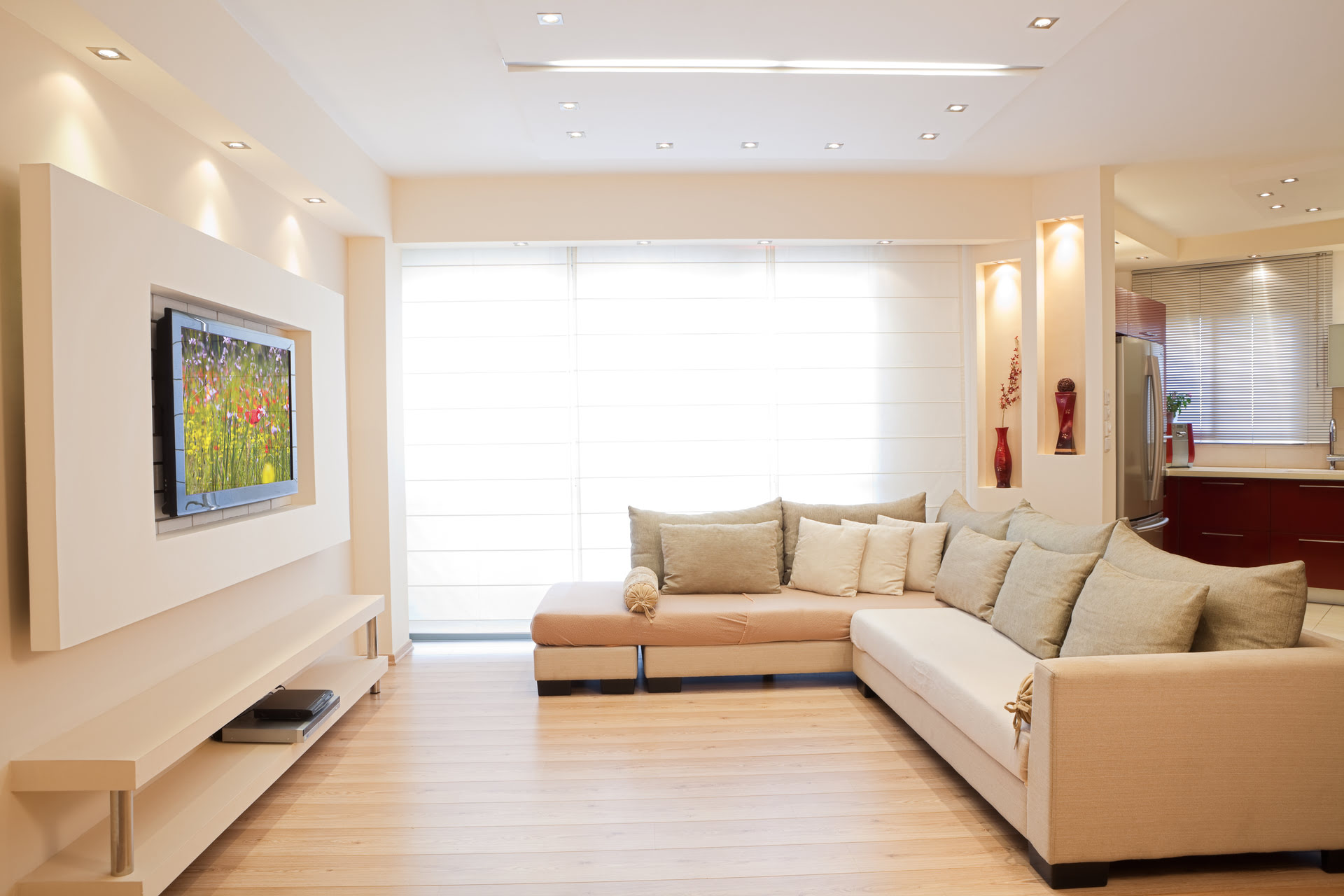
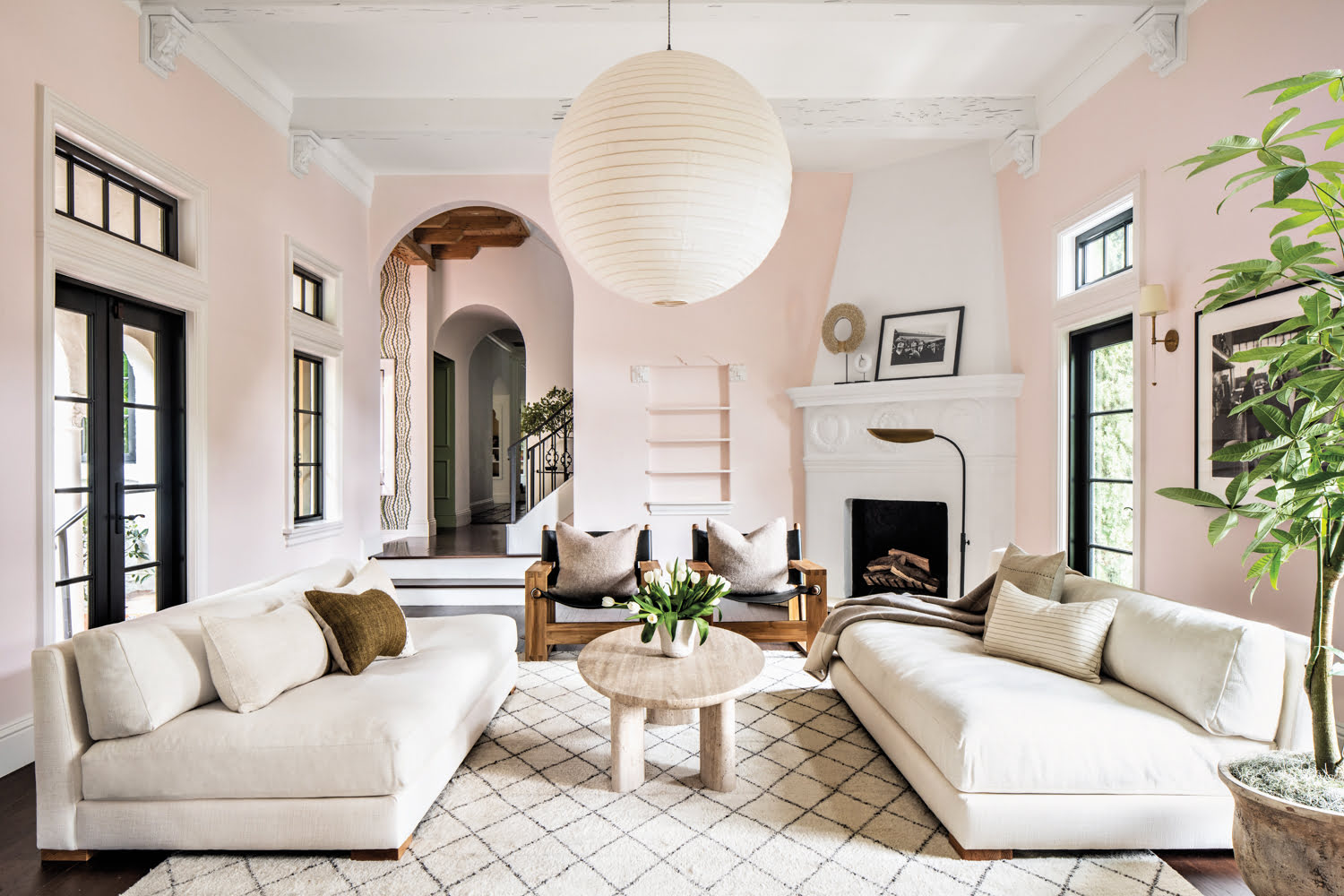
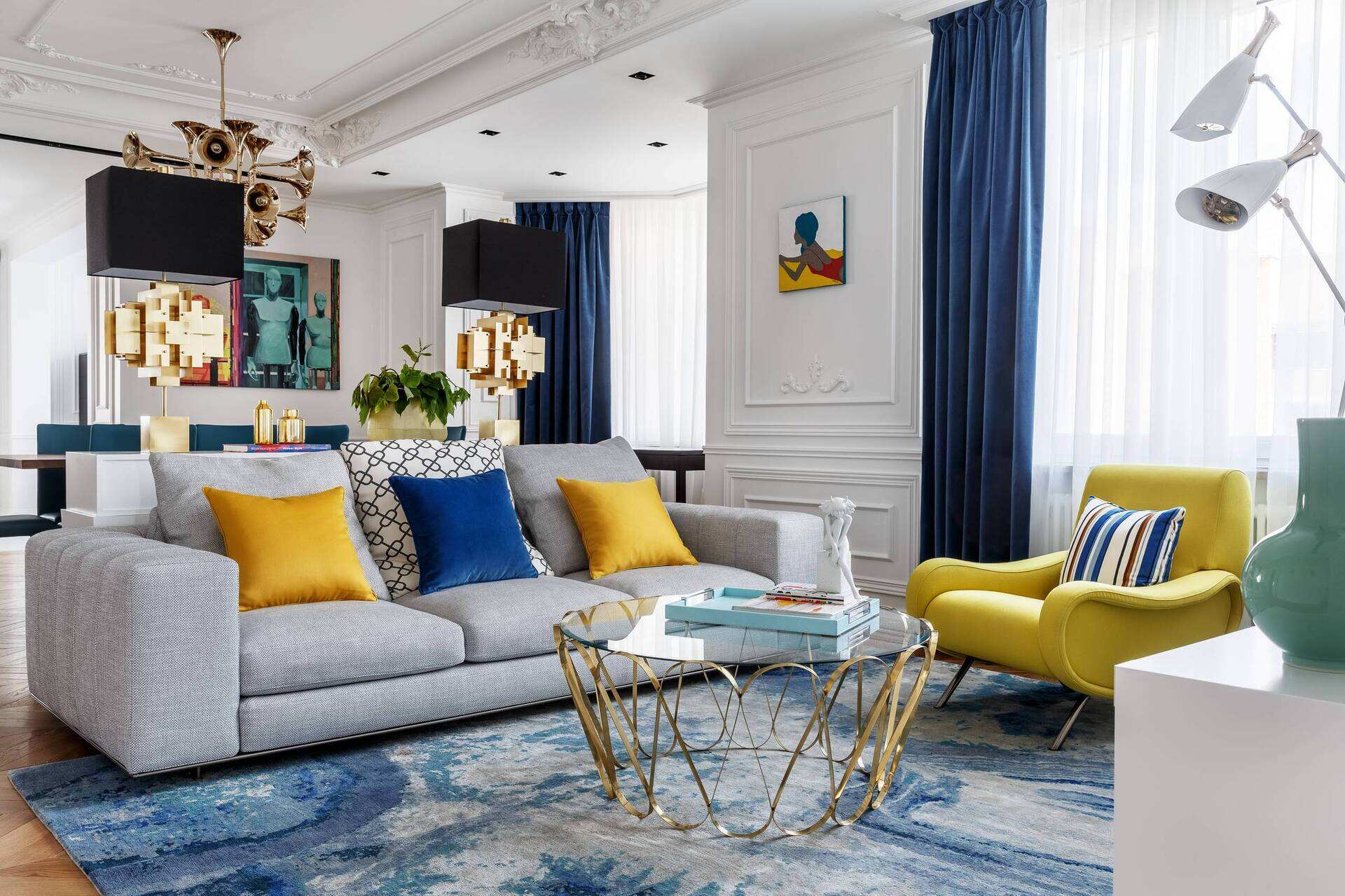
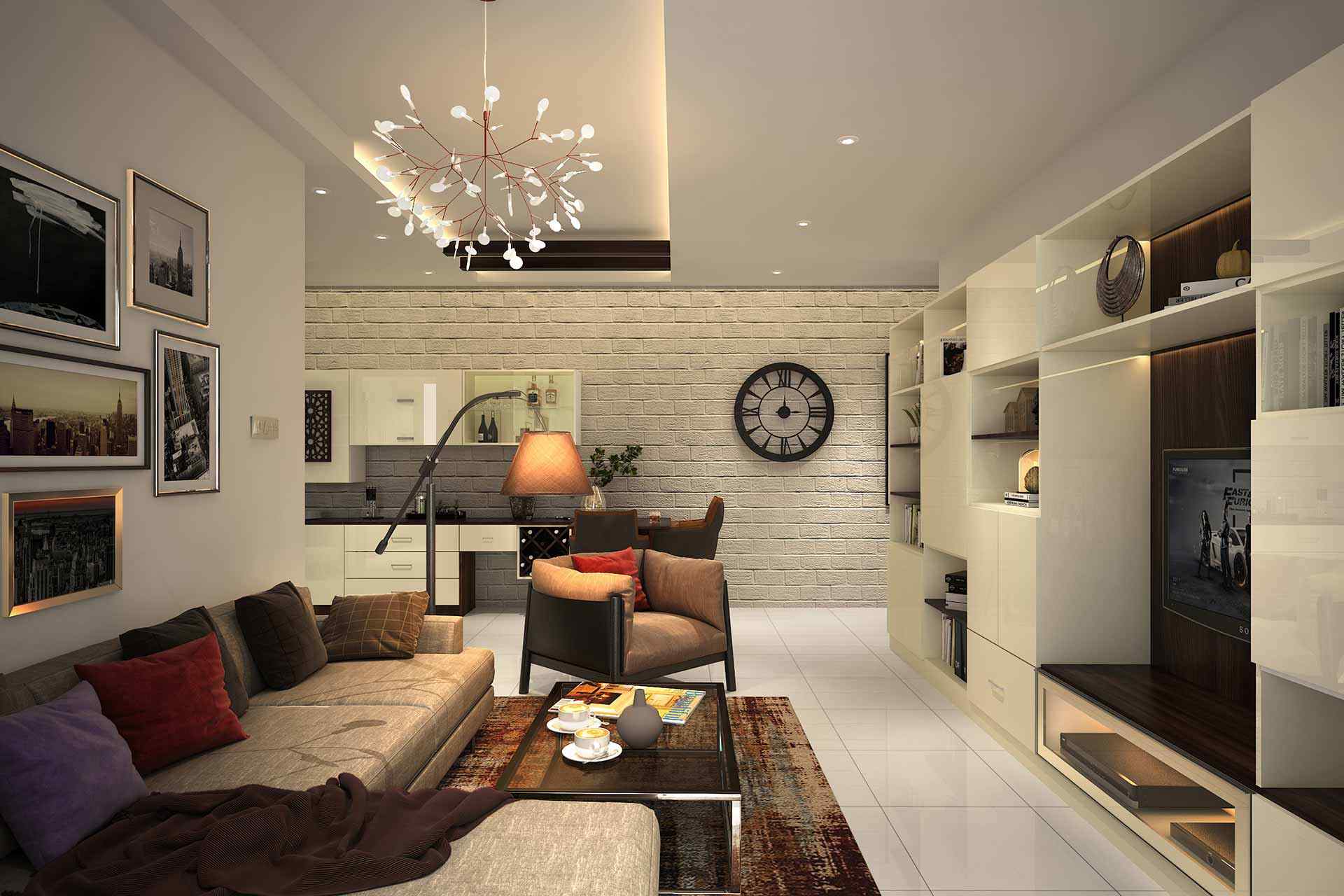
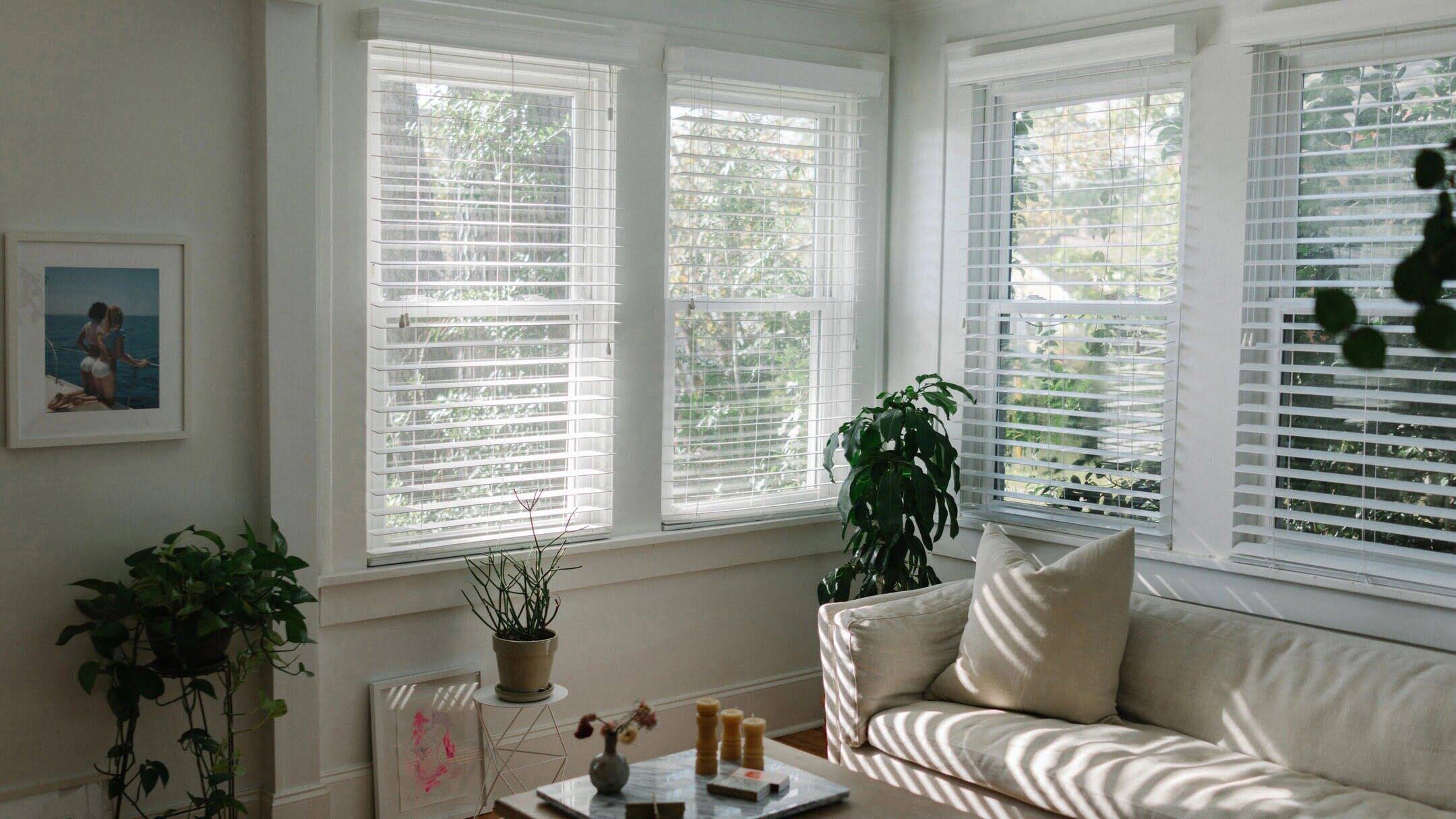
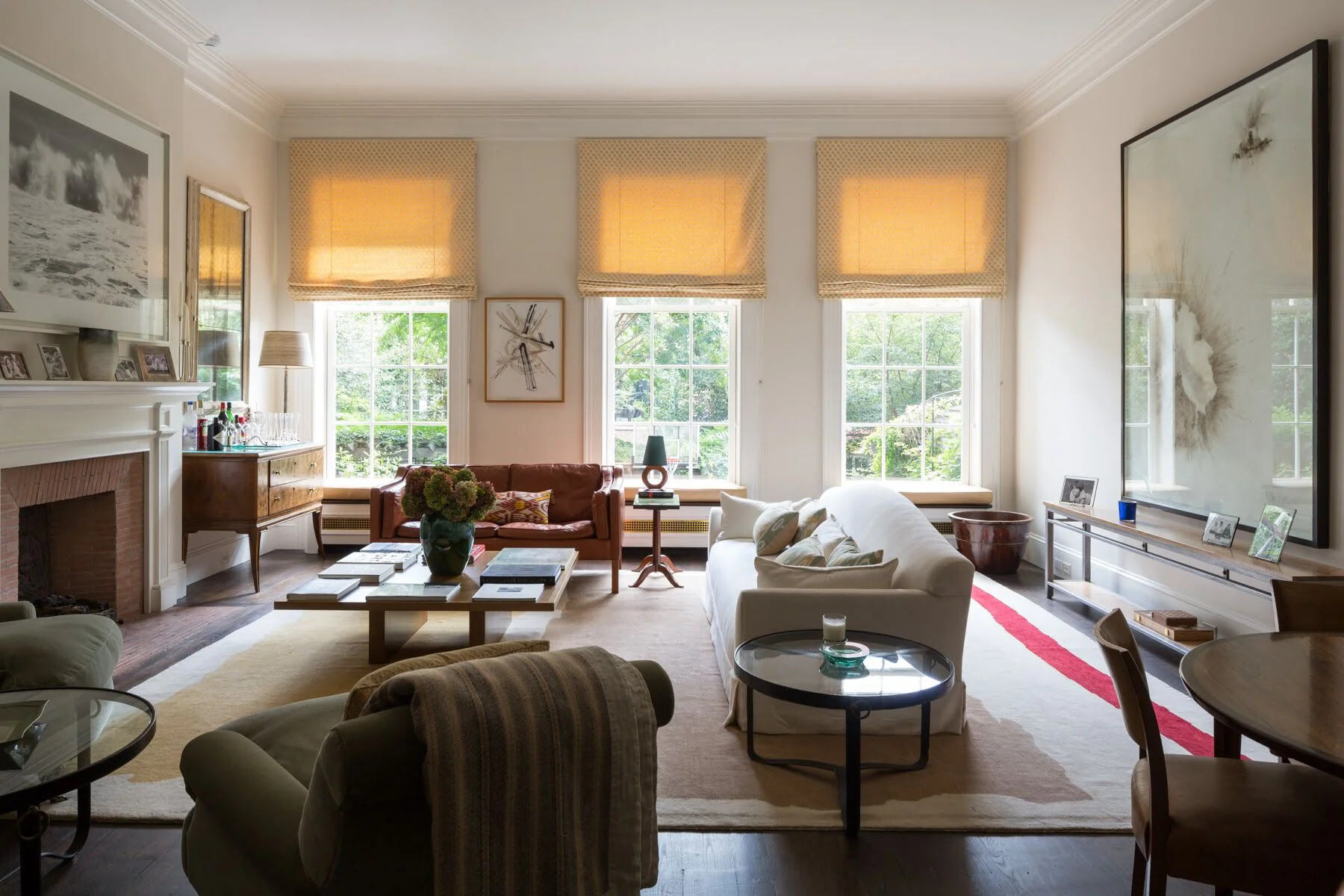
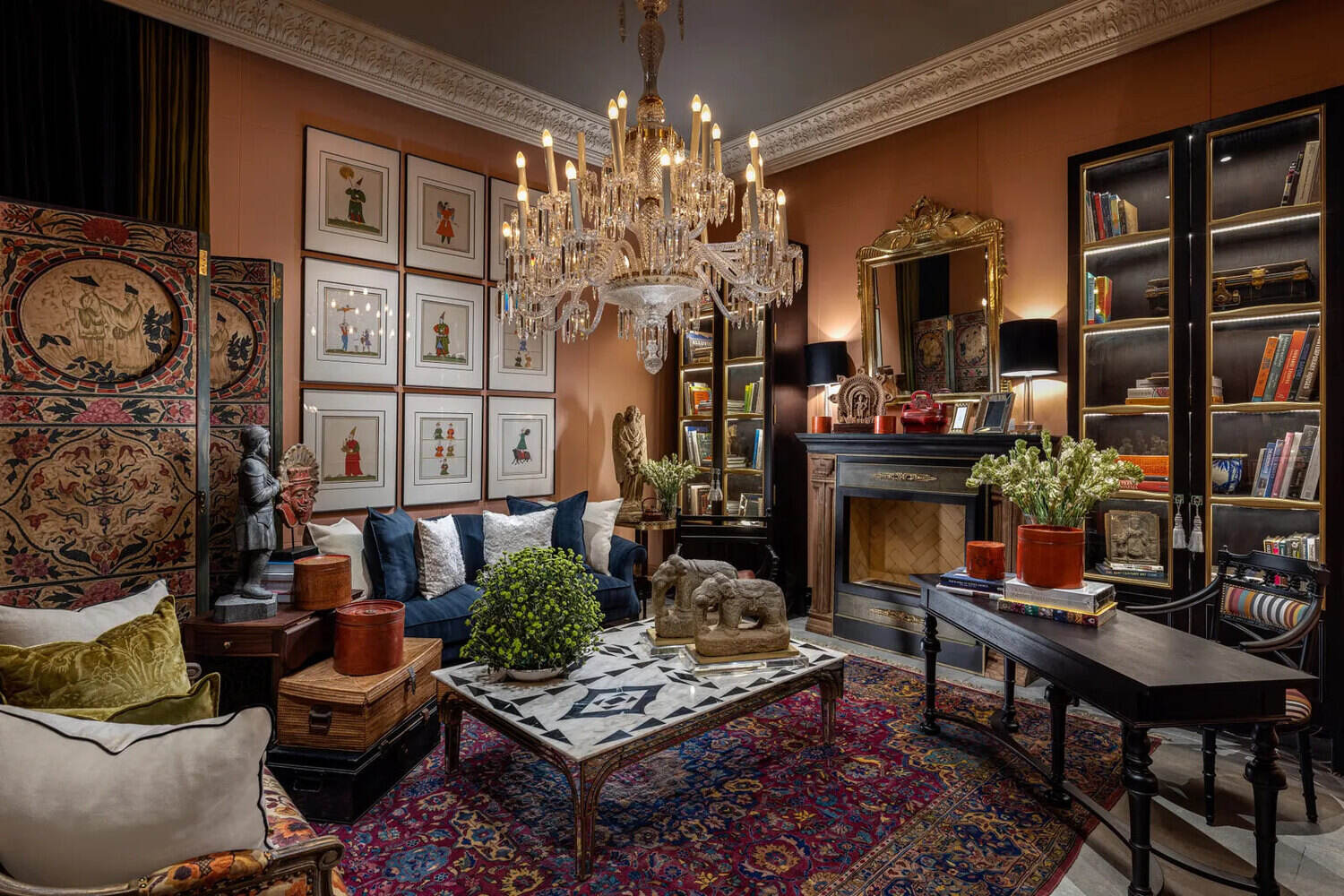
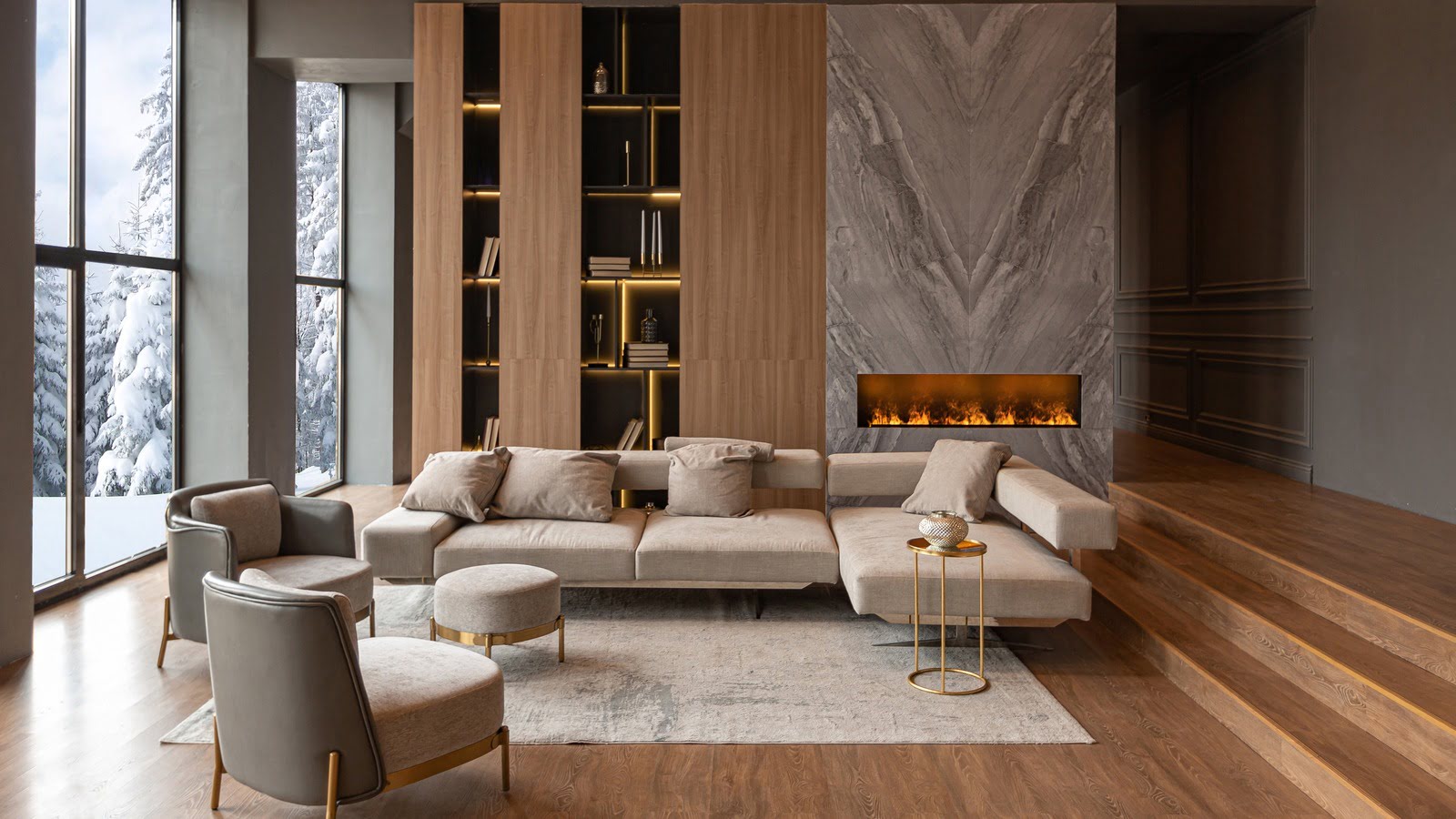
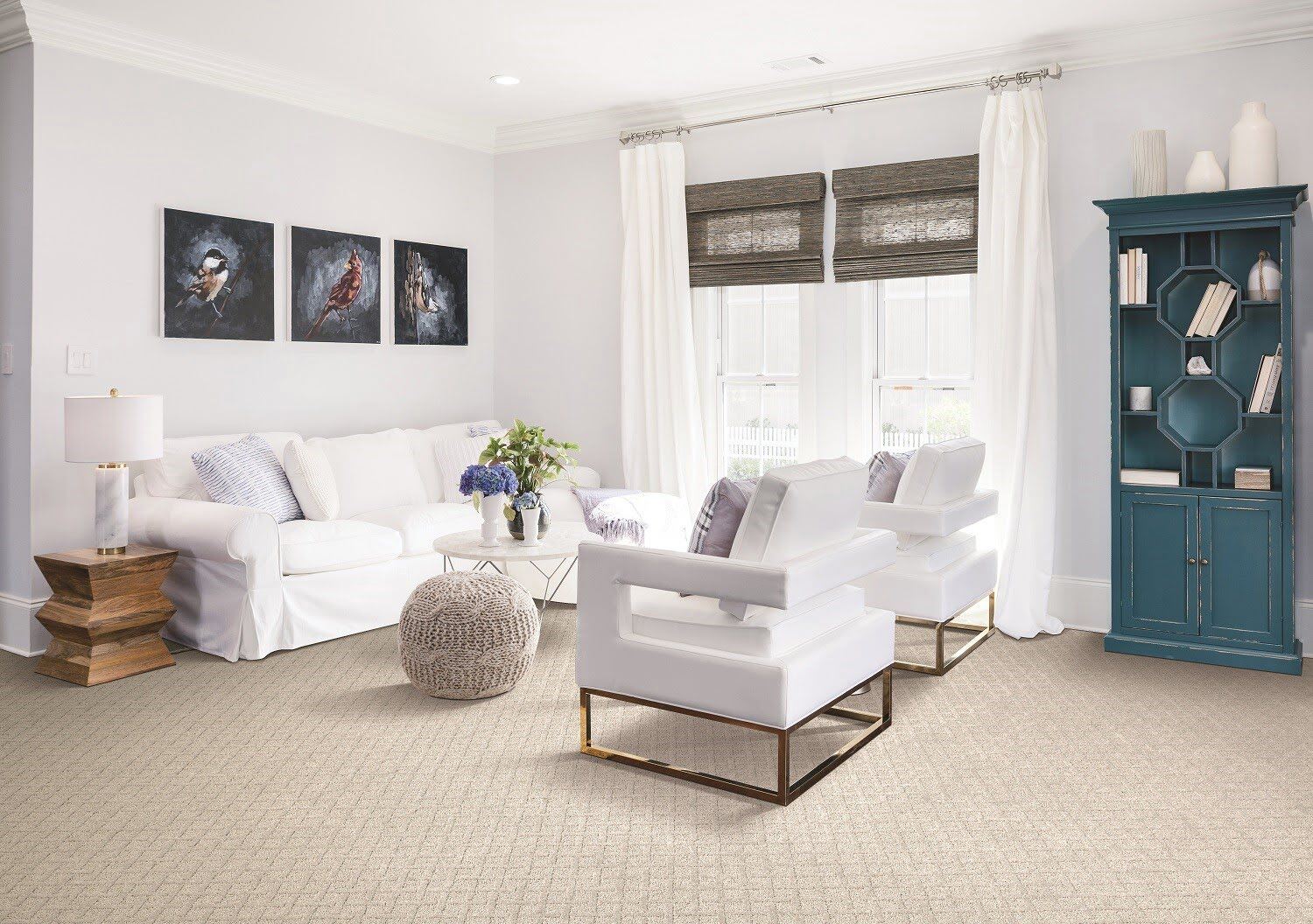
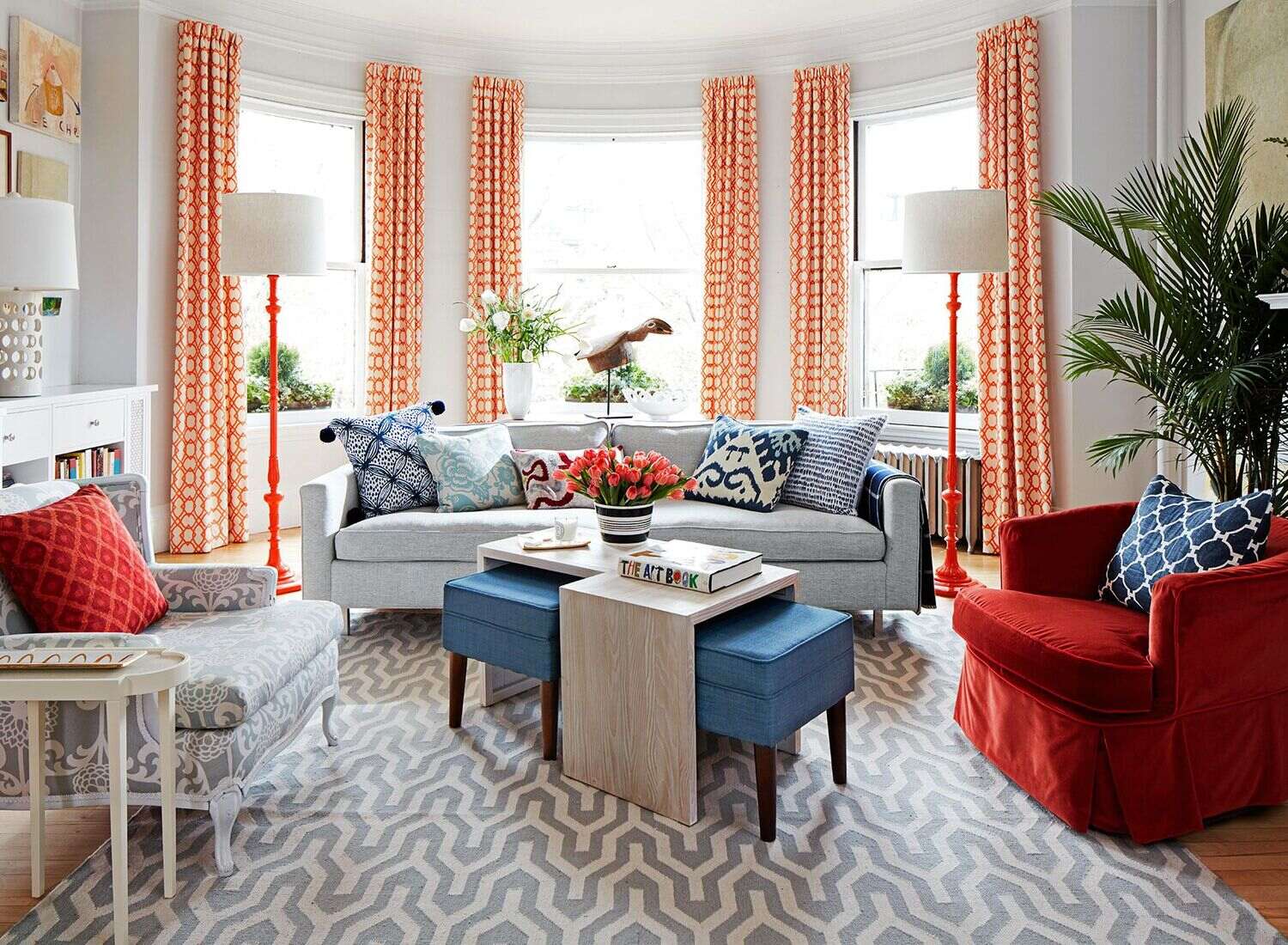
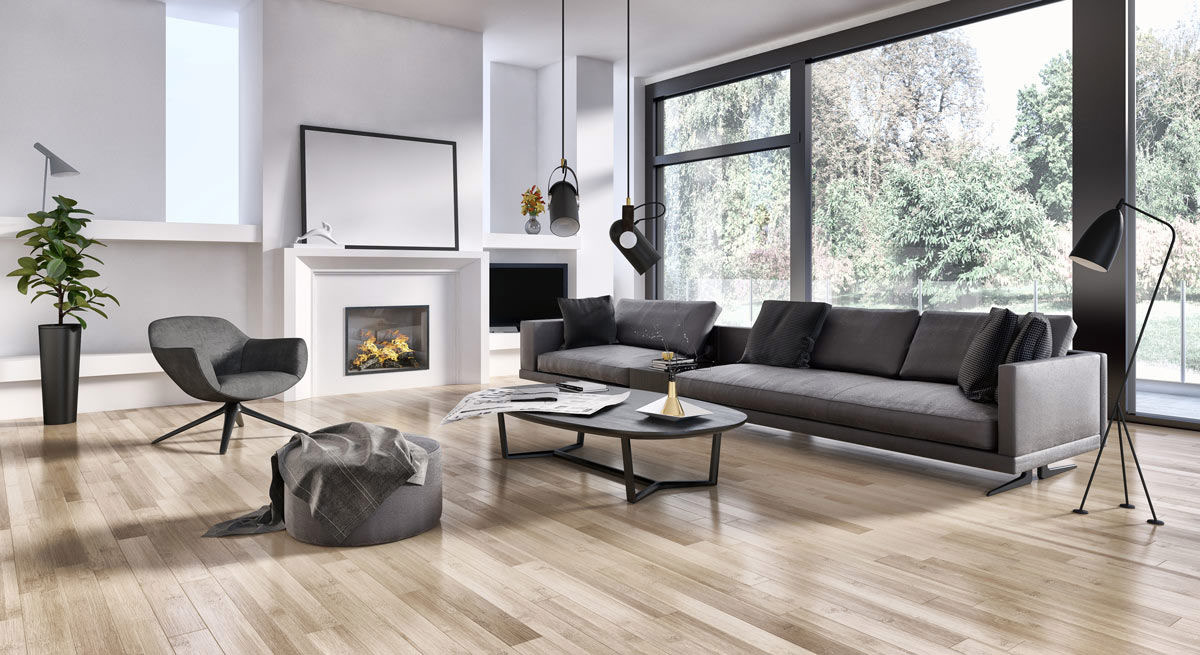
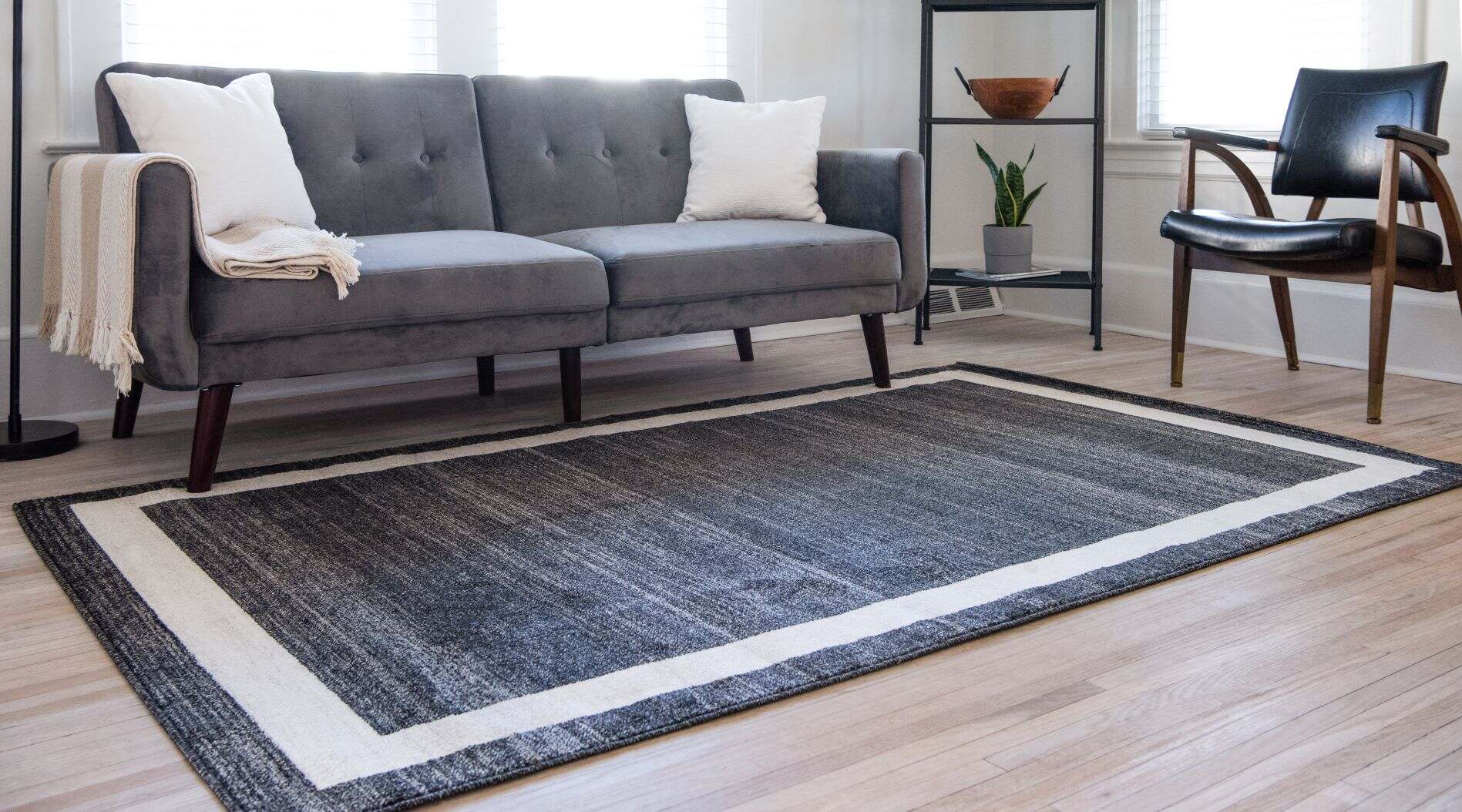
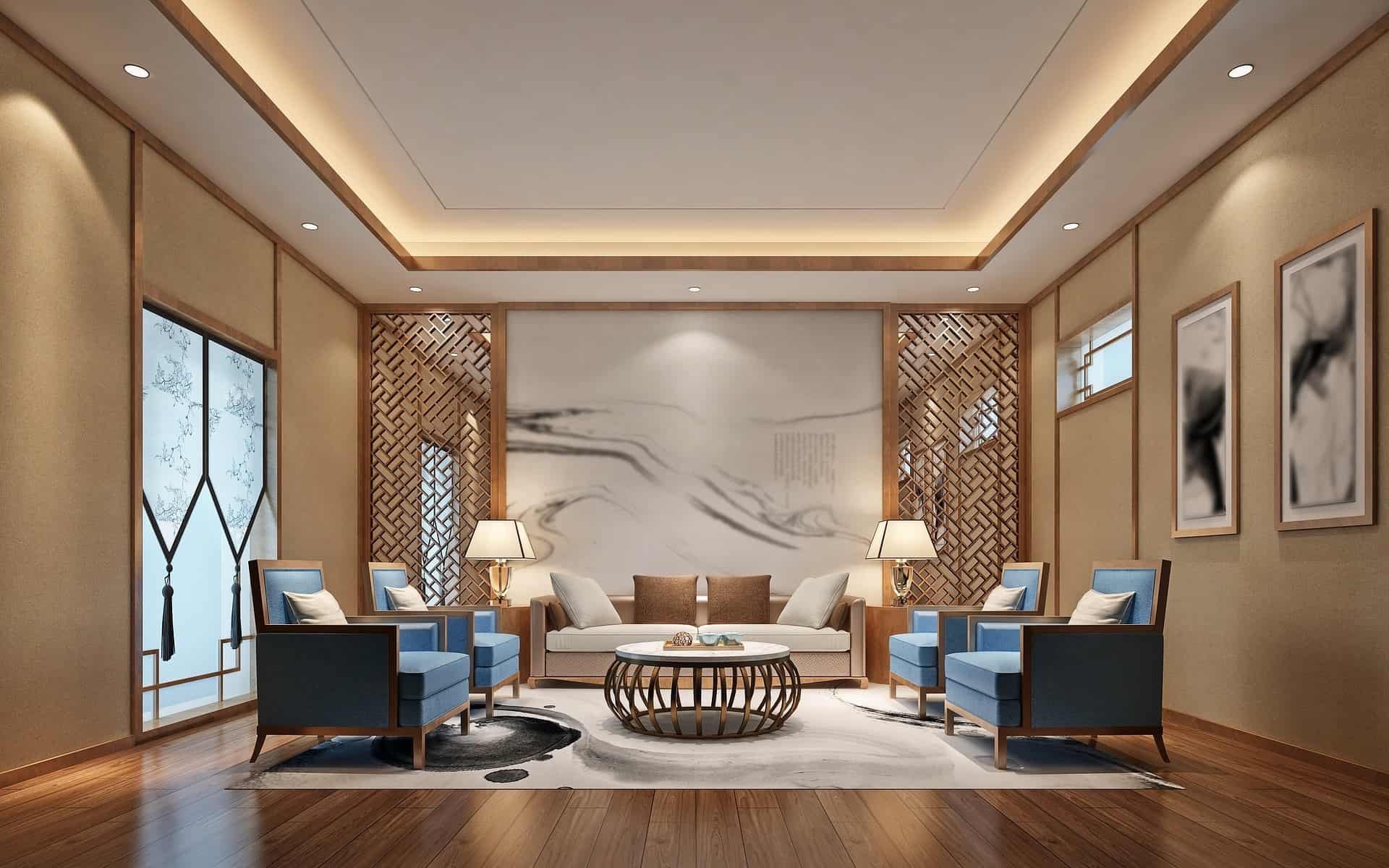

0 thoughts on “What Lighting Is Best For Living Room”